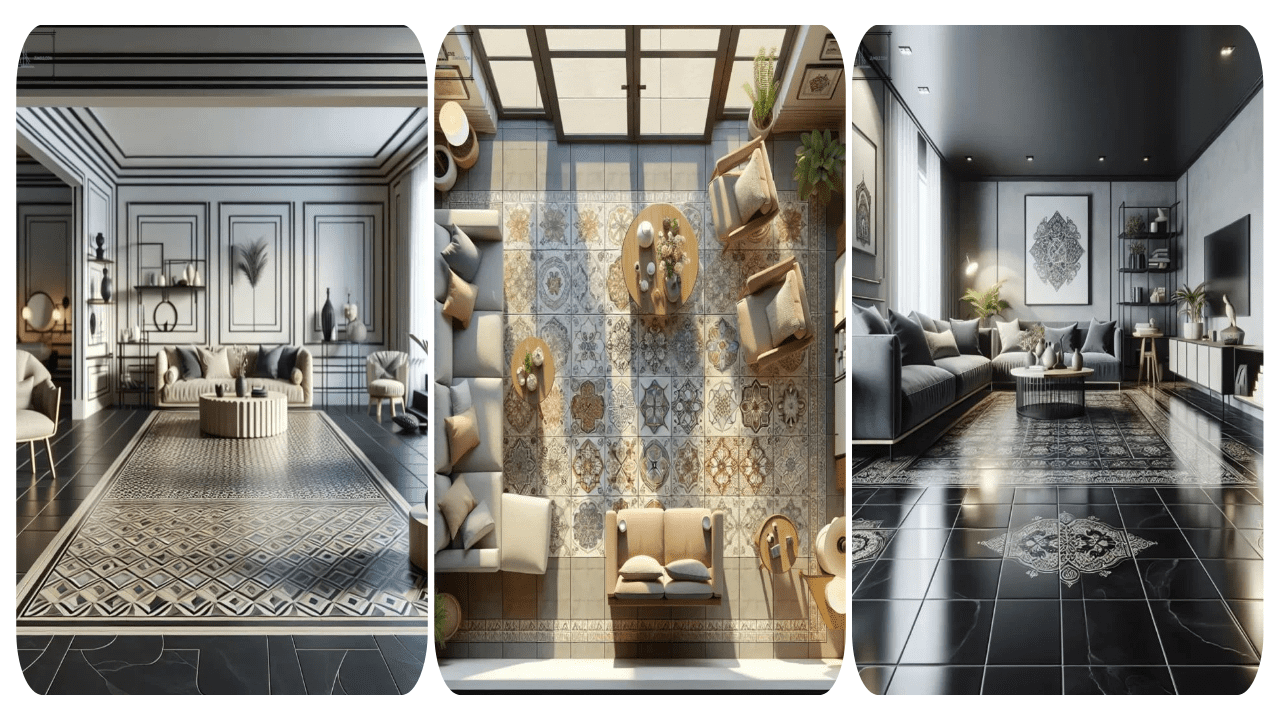-
Main Product Categories
- Latest Tiles
- 200x200mm Tiles
- 300x1200mm Tiles
- 300x300mm Tiles
- 300x600mm Tiles
- 3D Tiles
- 600x1200mm Tiles
- 600x600mm Tiles
- 6x4 Tiles for Floor and Walls
- 800x1600mm Tiles
- Balcony Tiles
- Bathroom Tiles
- Bedroom Tiles
- Black Tiles
- Blue Tiles
- Brown Tiles
- Carpet Tiles
- Ceramic Tiles
- Dado Tiles for Kitchen
- Designer Basin
- Designer Tiles
- Digital Parking
- Elevation Tiles
- Fluted Tiles
- Green Tiles
- Grey Tiles
- Handmade Tiles
- Hexagon Tiles
- Highlighter Tiles
- Imported Designer Wall Tiles
- Imported Tiles
- Kitchen Tiles
- Living Room Tiles
- Marble Designs
- Marble Tiles
- Modern Floor Tiles Design
- Modular
- Molding Tiles
- Moroccan Tiles
- Mosaic Tiles
- Multi Color Tiles
- Orange Tiles
- Parking Tiles
- Pink Tiles
- Pooja Room Tiles
- Poster Tiles
- Red Tiles
- Solid Colors
- Subway Tiles
- Swimming Pool Tiles
- Terrace Tiles
- Textured Tiles
- Tropicals Tiles
- TV Unit tiles
- Vitrified Tiles
- Wall Tiles
- Wall Tiles Designs
- White Tiles
- Wooden tiles
- Yellow Tiles

Future Stiles Online
Elevate Stiles is an online store for tiles that specializes in Residential and Commercial spaces. It has an exquisite collection of designer tiles like handcrafted tiles, mosaic tiles, subway tiles, and highlighter tiles.
Latest Posts
- All Posts
- Blog
- News

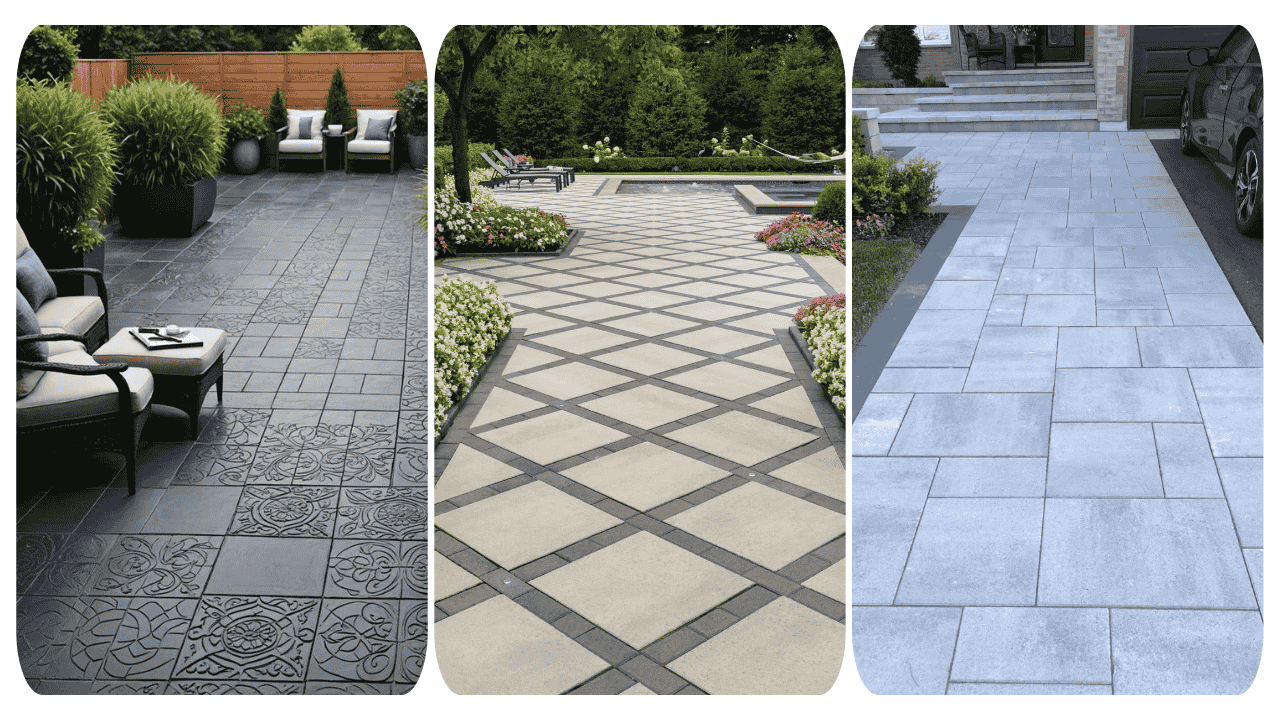
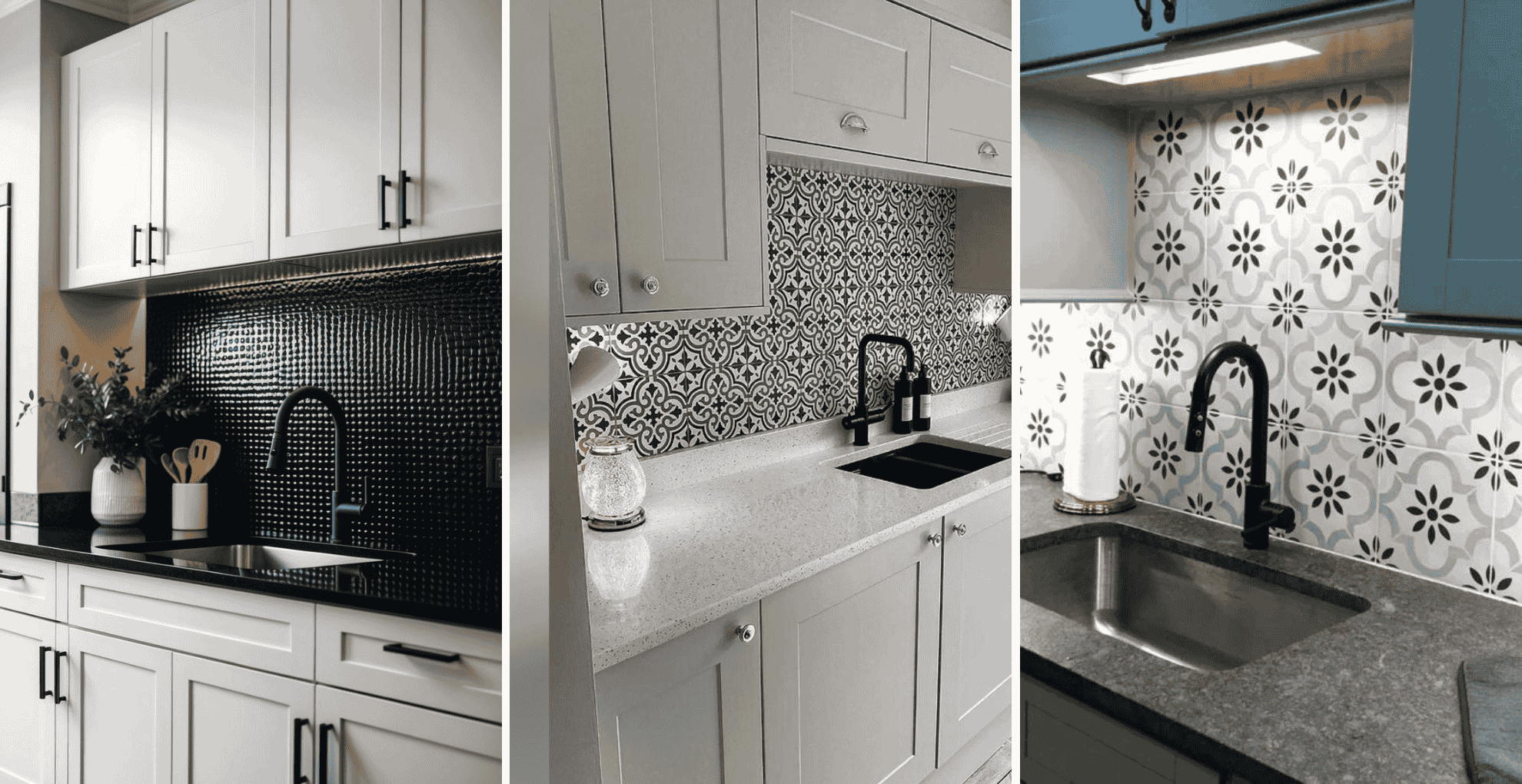
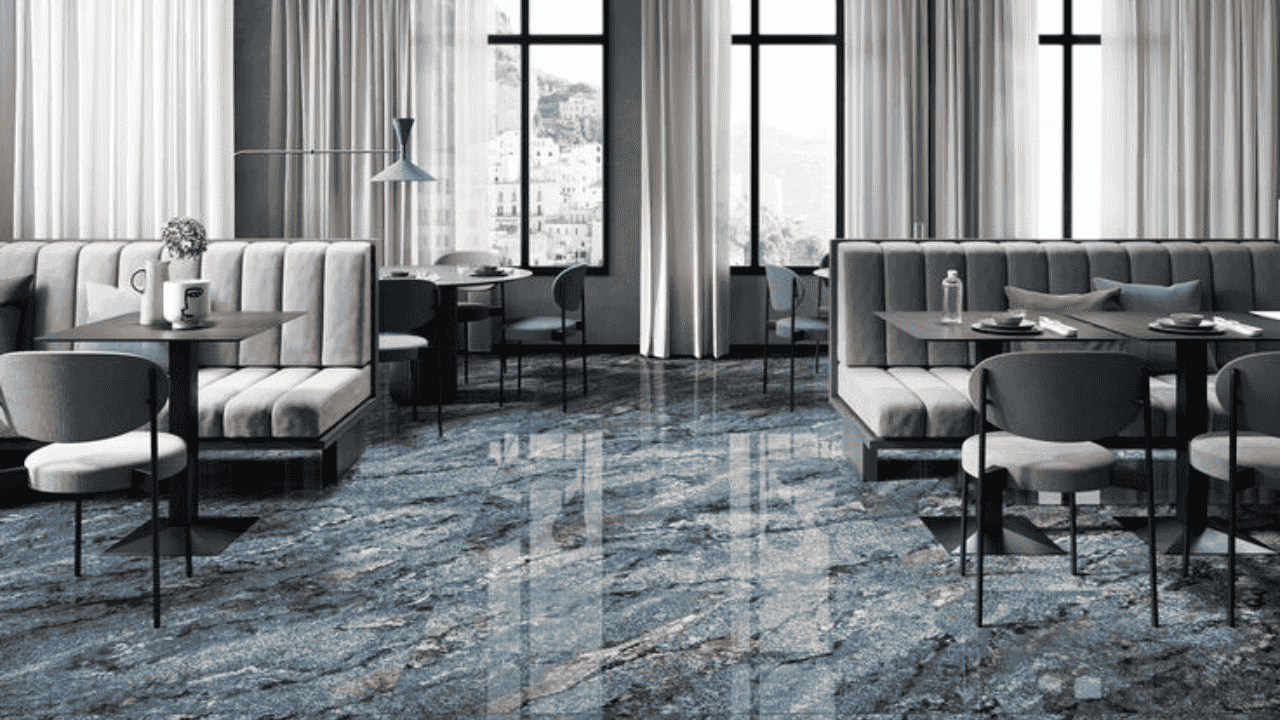


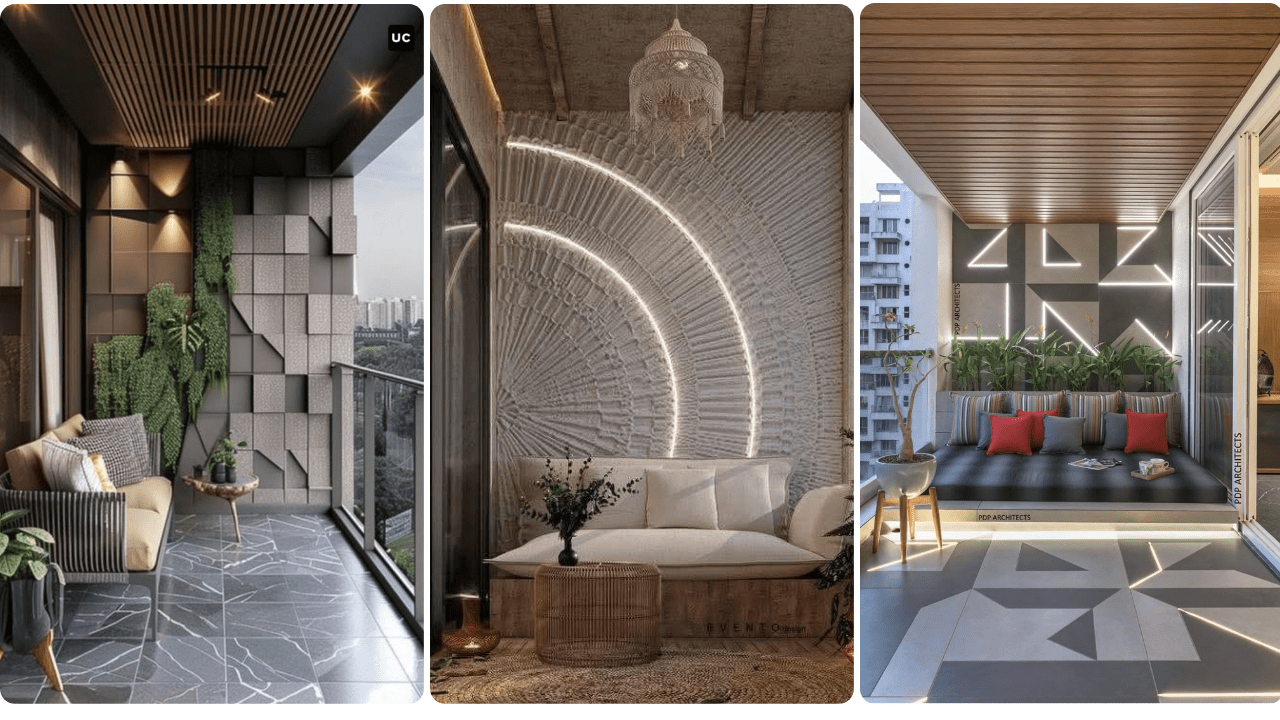
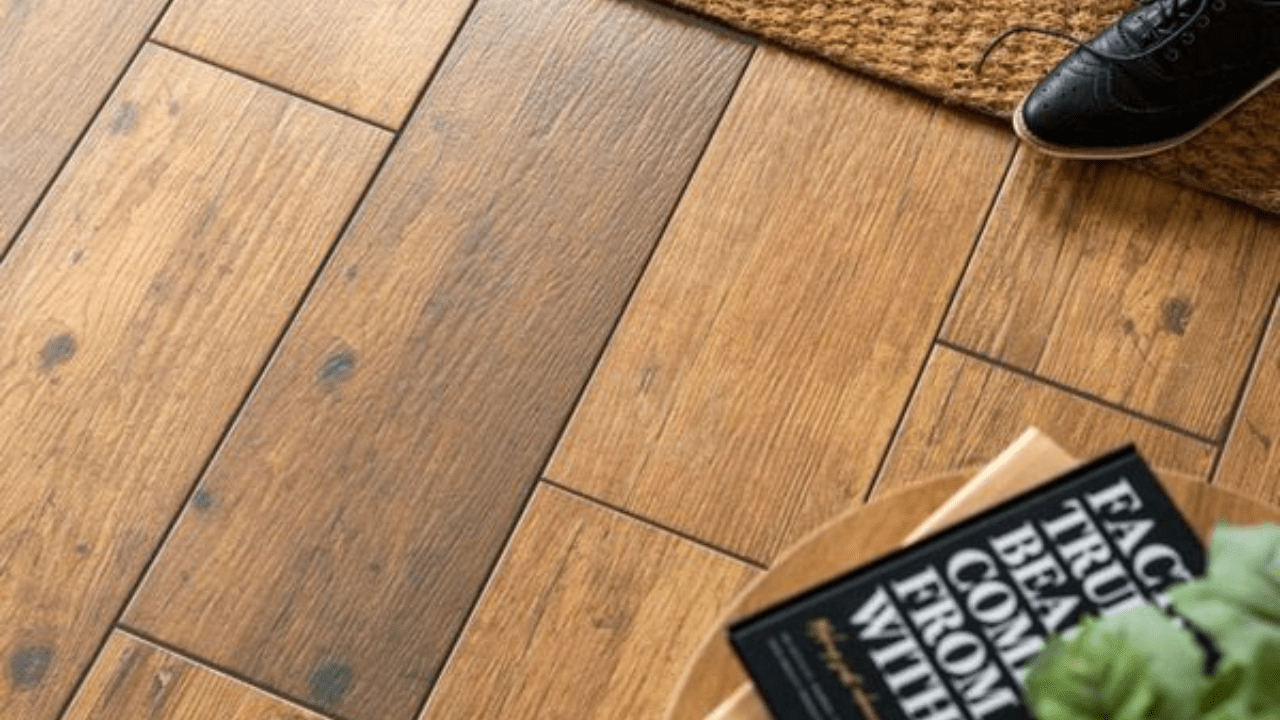
Tile Design for Bathroom in India: Trends, Tips, and Inspirations
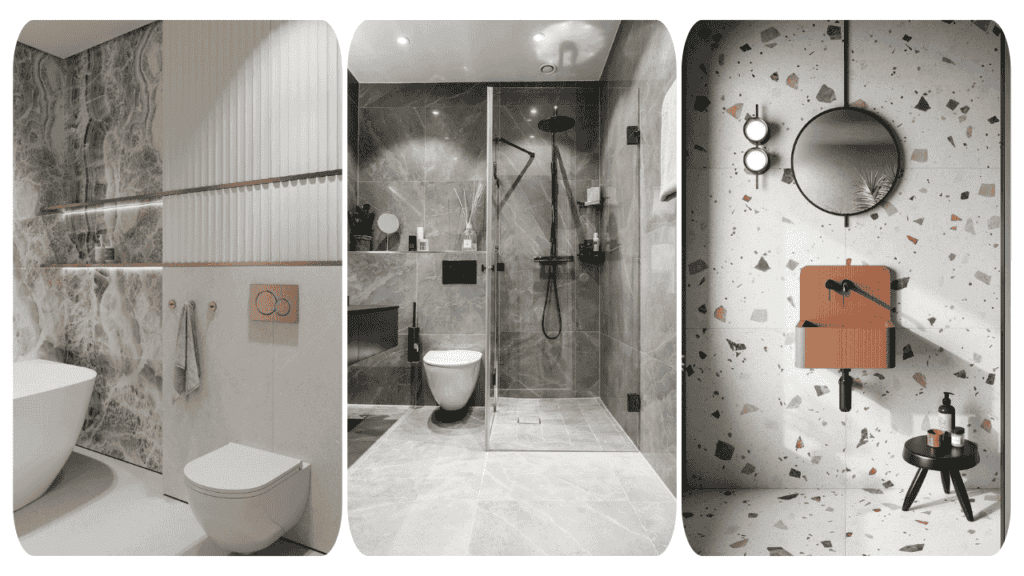
Tiles contribute to the design of a bathroom not only at an aesthetic level, but also in functionality. In Indian homes, where moisture levels and water usage can vary greatly, choosing the right bathroom tiles is all about striking a balance between function and style. No matter whether urbanized compact city bathrooms are being renovated or an extravagantly luxurious en suite shower bathroom is being designed, with the correct tile design, the results can be splendid.
This write-up aims to cover popular bathroom tile designs of India, appropriate materials for Indian climates, contemporary design styles, and professional advice that can assist you in making beautiful bathrooms.
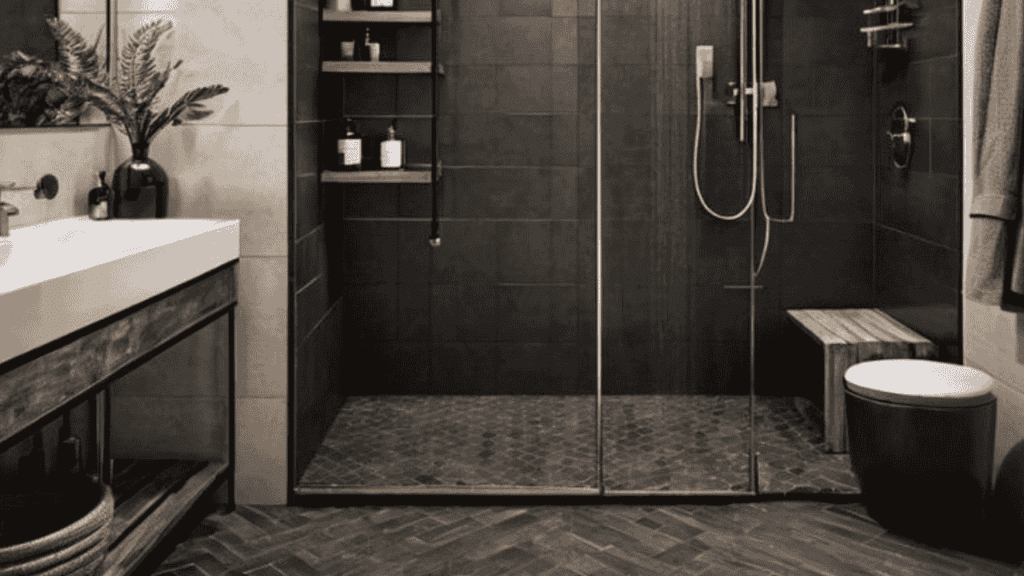
1. Why Tiles Matter in Bathroom Design
Tiles have a tremendous impact on the aesthetics and use of a bathroom. Hygiene, waterproofing, color, texture, and mood setting are some of the elements tiles capture in the defining areas of your space.
Key Benefits of Using Tiles:
- • Water resistance: Perfect for wet areas.
- • Easy to Maintain: Low upkeep requirements.
- • Design Variety: Northern India is blessed with an unending variety of colors, finishes, and patterns.
- • Temperature Resistance: Tiles are essential for Indian weather conditions.
- • Hygiene: Keeps away mould and bacteria when sealed properly with grouts.
2. Best Tile Materials for Indian Bathrooms

Ideal tiles for use in India need to be heat and humidity-resistant and able to withstand heavy usage, thanks to the country’s shifting temperatures. Here are some of the best types to use.
a. Ceramic Tiles
Known for its cheap pricing and ease of installation, ceramic tiles can be used on walls and floors as long as there’s a slip-resistant version of it for floors. With a variety of options available, ceramic tiles can also be used for decorative purposes.
b. Vitrified Tiles
Used mainly for floors and walls due to their incredible water resistance and durability, vitrified tiles have low porosity making them perfect for areas with high levels of moisture.
c. Porcelain Tiles
Porcelain tiles are best known for their luxurious look, but they also have a high level of density and durability. They can be used for both walls and floors as they do not easily get stained or worn out.
d. Natural Stone Tiles
While marble, granite, and sandstone tiles can add an element of timeless beauty to a home, they do require frequent sealing and maintenance.
e. Mosaic Tiles
Mosaic tiles are great to be used in small areas as decoration and come in glass, stone or ceramic. They are vibrant and add texture to borders and feature walls.
3. Trending Bathroom Tile Designs in India

a. Subway Tiles
Both clean and classic in design, subway tiles come in many variations making them versatile. They are perfect for urban Indian apartments looking for a modern minimalist design in neutral or white tones.
b. Moroccan and Patterned Tiles
These tiles are ideal for those who appreciate traditional Indian art and bold floral patterns. Best used as accent walls or flooring, they add a pop of colour to homes.
c. Matte Finish Tiles
Due to their contemporary appeal and slip-resistant nature, modern, understated matte tiles are gaining in popularity. They are perfect for bathrooms designed in minimalist or organic styles.
d. Marble-Look Tiles
These tiles provide a luxurious feel without the upkeep or expense associated with real marble, as they are water-resistant.
e. Wood-Look Tiles
Wood-look tiles can turn bathrooms into spa-like retreats, serving as flooring, or versatile accent walls. They withstand water damage and provide elegance.
4. Colour Combinations for Indian Bathrooms

As we know, colour is essential when it comes to Indian bathrooms. The right combination in relation to the space’s size and light can expand or visually anchor the area.
a. Light Colours for Small Bathrooms
Compact bathrooms look brighter and more spacious with soft hues like beige, ivory, white, and light grey.
b. Earthy Tones for a Natural Look
Natures inspired designs can benefit terracotta tones, as well as sand and stone hues which set a calm and grounded feel.
c. Bold Contrasts
Naval blue blended with gold accents or deep green with copper fixtures add a sophisticated edge to bathrooms.
d. Pastels and Neutrals
For nordic or modern bathrooms, warm grey, mint green and blush pink are to be considered.
5. Tile Designs Ideas for Bathroom
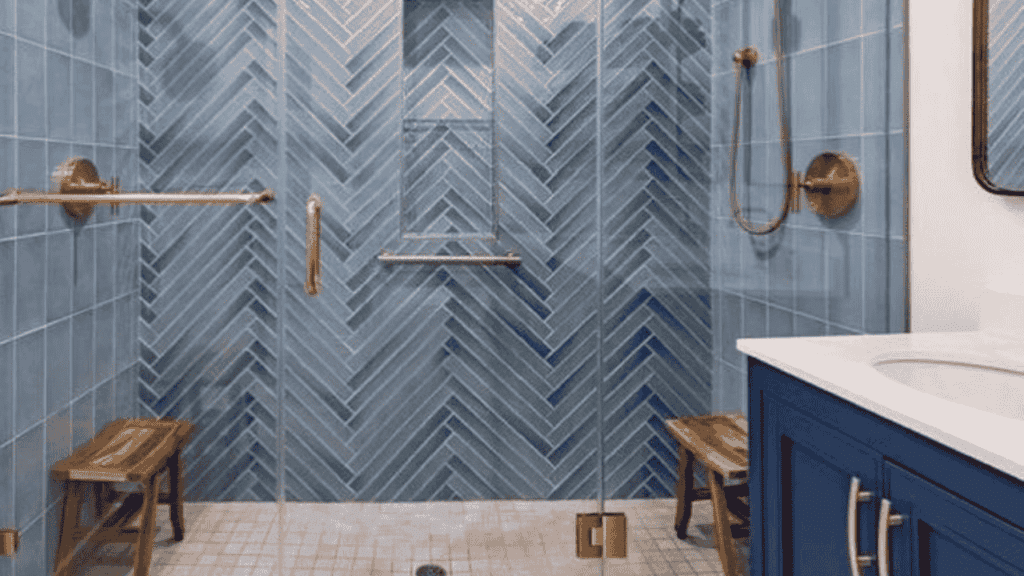
Tile layout determines style and perception of space.
- Vertical Stacking: Best for Indian bathrooms with low ceilings, this style enhances a sense of height.
- Herringbone Pattern: Ideal for small spaces, this style adds class to floors or walls without being overpowering.
- Diagonal Layout: This style makes petty bathrooms seem generously sized.
- Mix and Match: Divide dry and wet sections with contrasting tiles or create a feature wall behind the shower or vanity.
6. Tips for Choosing the Right Bathroom Tile Designs in India
a. Focus on Anti-Slip Floors
In homes with elderly or young children, safety comes as a priority concern. Choose matte or textured finishes on bathroom floors.
b. Choose Easy-to-Clean Surfaces
For Indian homes plagued with hard water and soap scum, glazed and semi-gloss tiles are the most stain resistant and easier to maintain hygienically.
c. Use Larger Tiles for Bigger Spaces
In larger bathrooms, lavish spaces with big-format tiles can enhance the seamless look as they minimize grout lines.
d. Consider Tile Thickness
Tiles that are heavy or thicker tend to be more long-lasting. However, these tiles may require professional installation due to their weight.
e. Sample Before You Buy
It is best to try a few tiles that suit your style and see how they mix with the natural light and artificial light at home.
7. Bathroom Tile Design for Small Indian Homes

In Indian urban spaces, small bathrooms tend to be more common. Below are a few tips to use tiles to maximize space:
- Walls and Floors Continuity: Tiles on walls and floors can be the same, which gives off a spacious feel.
- Wall Height Extensions: Tiling Walls and floors with light colored tiles helps elongate the space visually.
- Vertical Lines: Adding lines that run upwards helps visually extend the area further.
- Mirrored Backsplashes: Using mirrors along with tiles can help give the illusion of deep space.
8. Budgeting and Maintenance
In India, tile prices range from ₹30 per sq. ft. for basic ceramic to over ₹300 per sq. ft. for designer vitrified or imported tiles. Budgeting is determined based on:
- Type of tiles to be used;
- Charges for labor and installation;
- Size of the room.
Maintenance Tips:
- Use cleaners with a neutral pH to clean tiles.
- Reseal the grout lines every 6-12 months.
- Mop or wipe with a soft cloth—it is recommended not to use any scouring pads.
9. Sustainable and Local Options
Eco-friendly Indian homeowners are now adopting ceramic and locally manufactured eco-friendly tiles, along with recycled tiles and low-VOC glazes. Indian brands are now offering collections of handmade and recycled tiles for stylish, sustainable bathrooms.
Conclusion
Bathroom tile design in India encompasses the selection of patterns and questions of materials, climate, lifestyle compatibility, aesthetics, and integration. No matter if one prefers bold patterns or minimalistic, sleek designs, the right tiles will ensure the bathroom is functional, beautiful, and enduring.
From ceramic subway tiles to luxurious marble look vitrified tiles, there is an ideal design for every Indian home. Use traditional Indian motifs as inspiration or global designs, but remember comfort and safety must always come first in the bathroom.
Latest Product
-
 Rated 0 out of 5Sale!Add to cart
Rated 0 out of 5Sale!Add to cart₹146.00Original price was: ₹146.00.₹86.00Current price is: ₹86.00. -
 Rated 0 out of 5Sale!Add to cart
Rated 0 out of 5Sale!Add to cart₹146.00Original price was: ₹146.00.₹86.00Current price is: ₹86.00. -
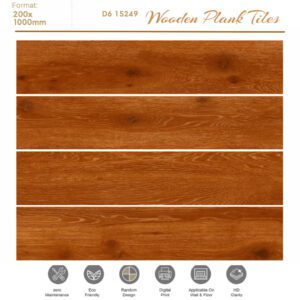 Rated 0 out of 5Sale!Add to cart
Rated 0 out of 5Sale!Add to cart₹146.00Original price was: ₹146.00.₹86.00Current price is: ₹86.00. -
 Rated 0 out of 5Sale!Add to cart
Rated 0 out of 5Sale!Add to cart₹146.00Original price was: ₹146.00.₹86.00Current price is: ₹86.00.




